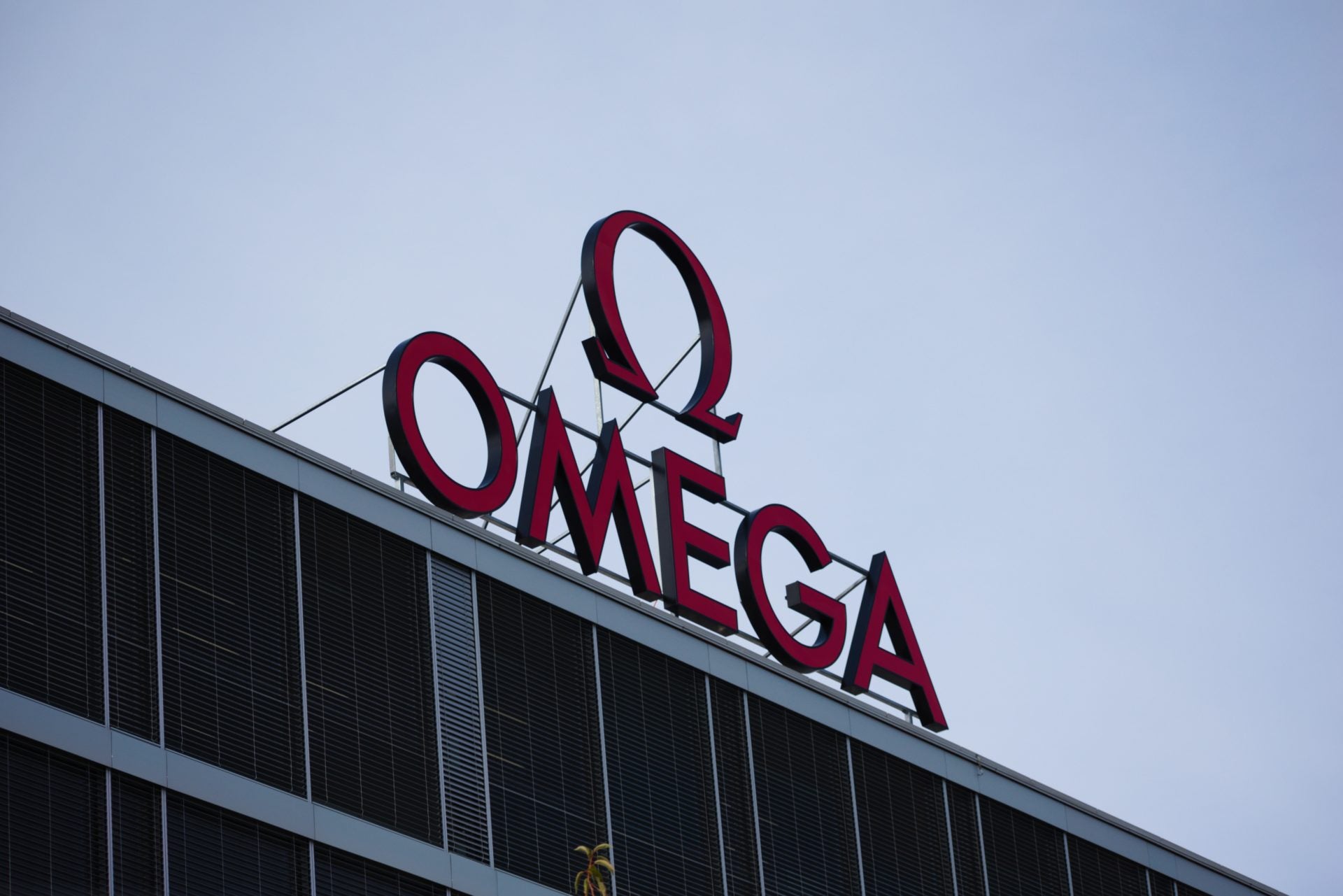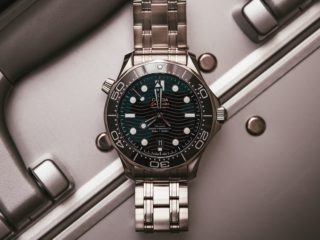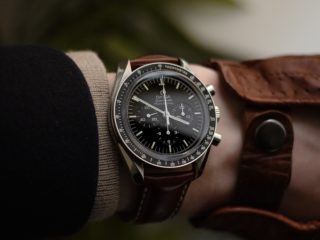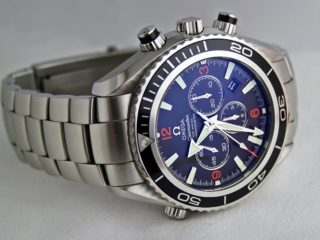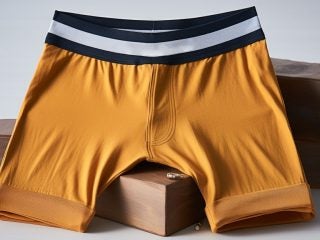The history of this timeless timepiece dates back to 1848 with the opening of the workshop in the small Swiss village La Chaux-de-Fonds – producing the favoured pocket watch. It was here that 23-year-old Louis Brandt began the company we know and love today. It did not take long for Brandt’s reputation as a luxury watchmaker to be established.
Following his death in 1879, Brandt’s two sons, Louis-Paul and César, continued to carry the torch and took over the family business – named Louis Brandt & Fils. One year later the business was moved from the Swiss village which saw its inception to the thriving town of Biel/Bienne – Omega’s headquarters is still located here today.
Birth of Omega
Pocket watches were the norm for the time and following a successful launch of their first series-produced calibre called the ‘Labrador’ in 1885, the Brandt brothers took the business one step further: entering the world of wristwatches. In 1892, they produced the world’s first minute-repeating wristwatch.
In 1894, a pinnacle moment in the brothers’ career happened. They released a new 19-ligne calibre. This set a new standard for watchmaking and was not only exceptionally accurate, but each component could be replaced by a watchmaker without any modification required – not to mention it also featured the ground-breaking stem and crown to set the time, still widely used today.
This fantastic accomplishment by the duo was crowned “Omega” and subsequently led to the company being renamed Omega Watch Co. Come 1903, the company had become Switzerland’s largest manufacturer of finished watches.
Record-breaking
Omega saw more success as the years went on and in 1931, the brand was successful in setting precision records in all six of the trials at the Geneva Observatory – the Omega chronometer which was tested was more accurate in keeping time than any other watch produced before just like that of Tag Heuer’s Carrera.
Its precision skills have not faded, having been recognized in 2014 when the Master Co-Axial was so accurate and reliable it warranted a completely new level of certification.
In 1948, the Omega Seamaster was born to mark the brand’s centenary. This has become one of the most iconic models for the brand. It has capabilities to withstand a range of challenges, whether it’s up in the sky or below the depths of the ocean. It’s the Seamaster 007 can now be seen wearing.
Another ground-breaking moment came when the Omega Speedmaster went to space, embarking on a journey on the Mercury Sigma 7 mission in 1926 – the first watch to venture there.
Showing trust in the watch’s capabilities, it later returned to space in 1969 for the first journey to the moon. The Omega Speedmaster professional became an integral part of each astronaut’s space kit.
Setting records from the start, it has crossed Antarctica, visited space, is loved by James Bond, Prince William and JFK wore one when he took the Oath of Office back in 1961 – Omega has stood the test of time and has shown there are no limitations for what it can achieve.




